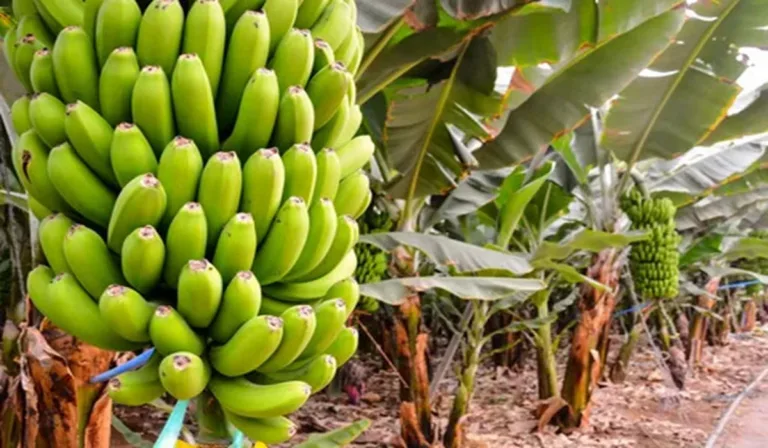Bananas are delicious and nutritious fruit that many people enjoy. But did you know that you can grow your banana tree at home? Growing a banana tree may seem daunting at first, but with a liitle patience and care, you can have a thriving banana tree. In this article, we are going to see whether can we grow banana trees at home, How long bananas take to grow, What is the lifespan of a banana tree, How to Grow Banana trees indoors, Do bananas grow on trees.
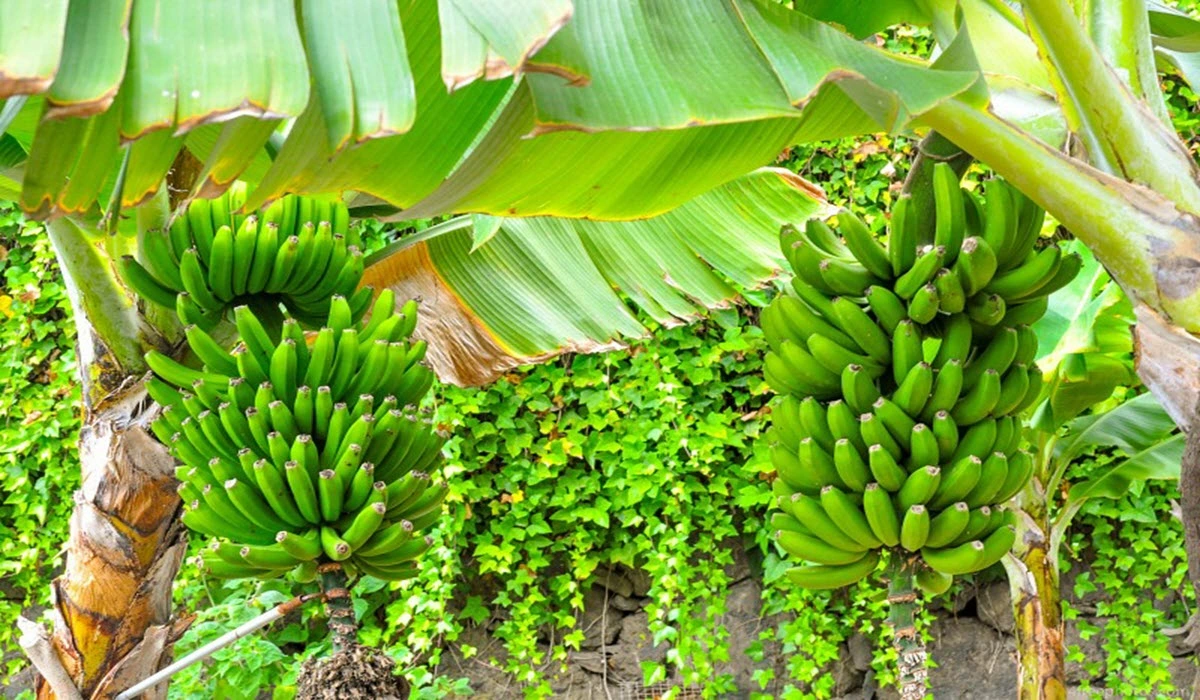
Step 1: Choose the Right Banana Tree Variety
The first step in growing a banana tree is to choose the Right variety for your climate. There are varieties of banana trees, but not all are suitable for all Climates. For example, if you live in a cooler Climate, you may want to choose a various of banana tree that is more cold-hardy, such as a Dwarf Cavendish or the Ice Cream banana. However, if you live in a warmer climate, you may be able to grow a wider variety of bananas, such as the Gros Michel or the Red Dacca.
Step 2: Prepare the Soil
Once you have chosen the Right banana tree variety, it’s time to prepare the soil. Banana trees are well-draining garden soil that is high in organic type. You can achieve this by adding compost or other organic matter to the soil. Banana trees also Prefer a slightly acidic soil pH, around 6.0 to 6.5.
Step 3: Plant the Banana Tree
When planting your banana tree, choose a sunny location with good drainage. Banana trees need plenty of sunlight to grow, so choose a spot that gets minimum six to eight hours of sunlight per day. The banana tree cannot grow indoors. Dig a hole in the soil that is about twice as wide and deep as the root ball of the banana tree. Gently place the root ball in the hole and backfill it with soil, maka sure to tamp the soil down firmly around the tree.
Step 4: Water the Banana Tree
Banana trees need consistent moisture to thrive, so it is momentous to water them regularly. Water the banana tree need once e a week, depending on the climate and the
Amount of rainfall you receive. In addition, make sure to keep the soil around the banana tree moist but not waterlogged.
Step 5: Fertilize the Banana Tree
Banana trees needs proper fertilization to grow and produce banana fruit. You can use a balanced fertilizer that is high in potassium, such as a 10-10-10 or 8-10-8 blend. Apply the fertilizer every six to eight weeks during the growing season, which is typically from spring to fall. Bananas grow in a banana tree only once, banana did not grow twice.
Step 6: Maintain the Banana Tree
It’s momentous to maintain it regularly. It includes pruning any dead or damaged leaves or fruit stalks, removing any suckers or offshoots that grow from the base of the plant, and protecting the tree from pests and diseases.

|
CHRYZTAL Stainless Steel Heavy Duty Gardening Tool SetGarden Tool Set, Stainless Steel Heavy Duty Gardening Tool Set, with Non-Slip Rubber Grip, Storage Tote Bag, Outdoor Hand Tools, Ideal Garden Tool Kit Gifts for Women and Men |
Diseases Attack in Banana Tree and its Solution
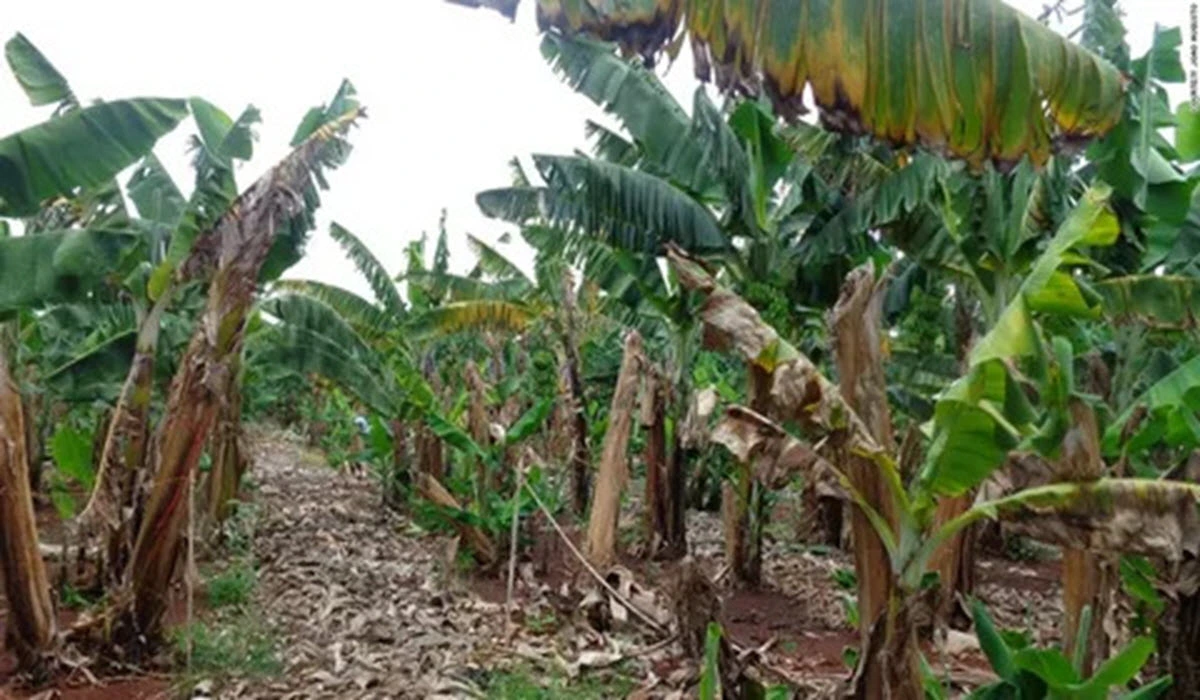
Fusarium Wilt
Fusarium wilt is a fungal disease that affects the vascular system of the banana tree, blocking the movement of water and nutrients. Symptoms of fusarium wilt include wilting and yellowing of the leaves, a brown discoloration of the vascular tissue. Unfortunately, there is no cure for fusarium wilt, so it’s momentous to prevent it by choosing disease-resistant varieties of banana trees, practicing good sanitation momentous.
Black Sigatoka
Black Sigatoka is a fungal disease that affects the leaves of the banana tree, causing them to develop black spots and eventually die. It can be prevented by maintaining good air circulation around the banana tree, practicing good sanitation, and applying fungicides.
Panama Disease
Panama disease, also known as Panama wilt, is a soil-borne disease caused by the fungus Fusarium oxysporum f. sp. cubense. It affects the vascular system of the banana tree, causing it to wilt and eventually die. There is no cure for Panama disease, so it’s momentous to prevent it by choosing disease-resistant varieties of banana trees, practicing good sanitation, and avoiding planting in soil that has been infected with the fungus.
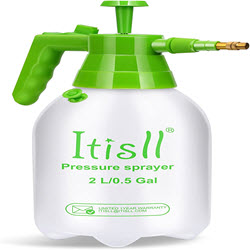
|
Garden Pressure Pump SprayerITISLL Manual Garden Sprayer Hand Lawn Pressure Pump Sprayer Safety Valve Adjustable Brass Nozzle 0.5 Gal 2L |
Bunchy Top
The bunchy top is a viral disease that affects the growth and development of the banana tree, causing the leaves to become stunted and twisted. The Disease is spread by aphids, so it’s momentous to control aphids by using insecticides or other methods. Infected plants should be removed and destroyed to prevent the spread of the disease.
Anthracnose
Anthracnose is a fungal disease that affects the fruit of the banana tree, causing it to develop sunken, dark spots. The disease can be prevented by maintaining good air circulation around the banana tree, practicing good sanitation, and applying fungicides as needed.
Types of Banana Plants
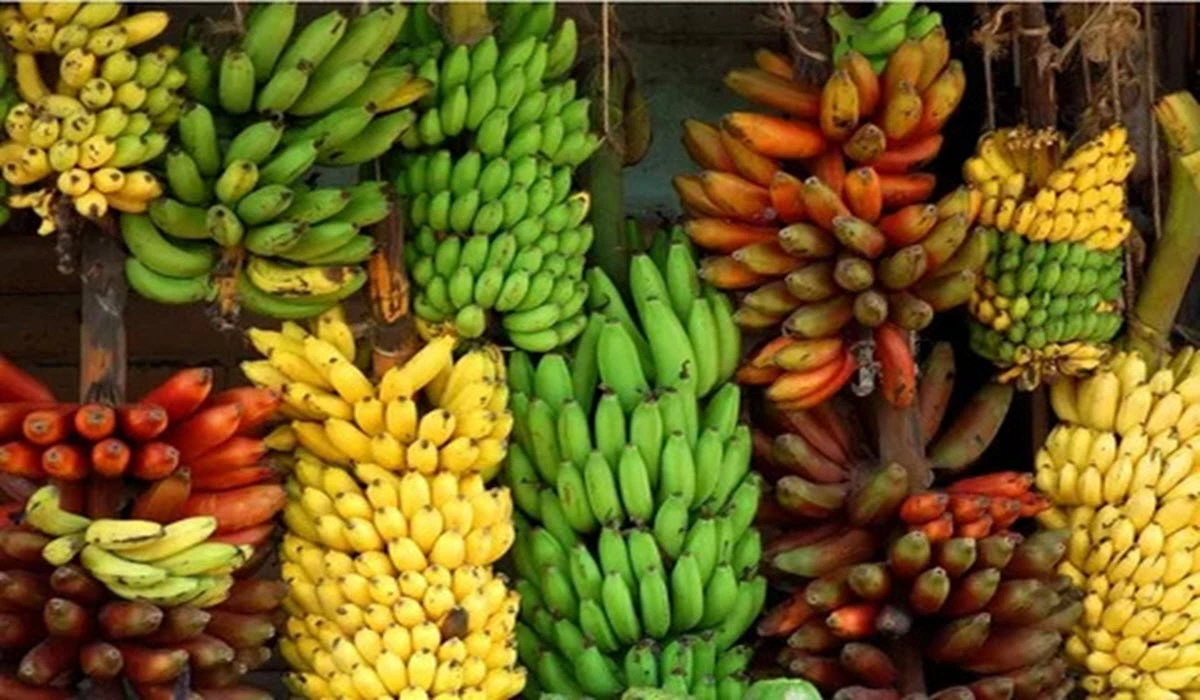
- Cavendish
- Gros Michel
- Lady Finger
- Red Banana
- Plantain
- Blue Java
- Gold finger
- Pisang Raja
- Manzano
Health Benefits of Banana
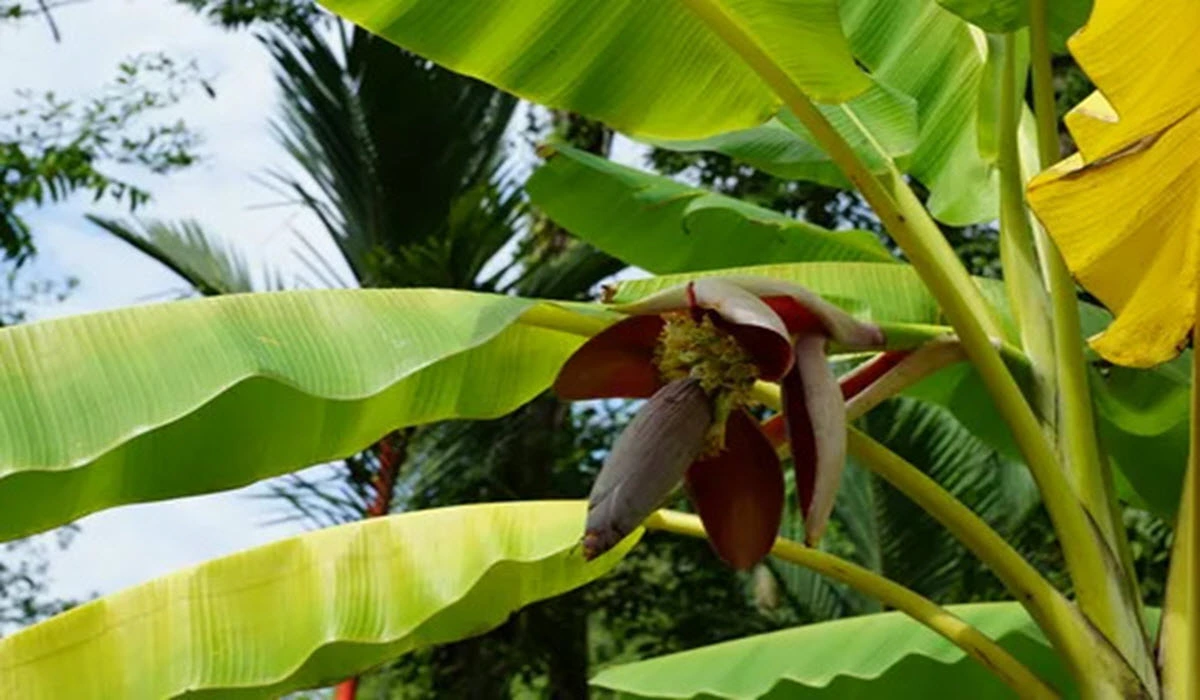
Rich in Nutrients: Bananas have nutrients, including potassium, vitamin C, vitamin B6, and dietary fiber, potassium for maintaining healthy blood pressure and heart function, while vitamin C and vitamin B6 are essential for immune system function and energy production.
Digestive Health: Bananas are a good source of dietary fiber, which can help promote regular bowel movements and prevent constipation. Fiber in bananas can also help feed the good bacteria in your gut, promoting digestive health from bananas.
Energy Boost: Bananas are a great source of natural energy, thanks to their high carbohydrate content. They can provide a quick energy boost before exercise or help keep you energized throughout the day.
Heart Health: Bananas are rich in potassium, for maintaining healthy blood pressure and heart function. Studies have also found that eating bananas may help reduce the risk of heart disease.
Mood Booster: Bananas contain tryptophan, an amino acid that can help boost serotonin levels in the brain.
Kidney Health: Bananas are a good source of potassium, which can help prevent kidney stones and promote overall kidney health.
Antioxidants: Bananas contain antioxidants like vitamin C and dopamine, which can help protect your cells from damage caused by free radicals.
In conclusion, growing a banana tree is a rewarding and enjoyable experience that can provide you with delicious, fresh fruit. By following these steps, you can successfully grow your banana tree at home, with a little patience and care, your banana tree will thrive and produce an abundance of delicious bananas for you and your family to enjoy.

